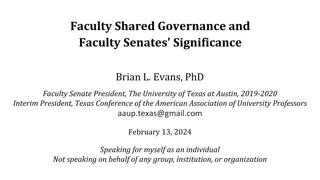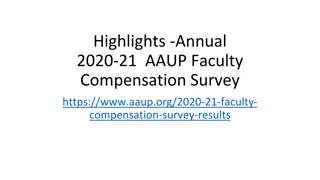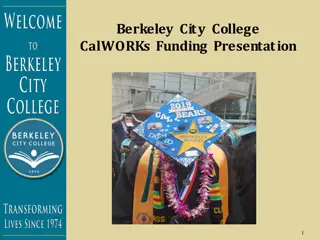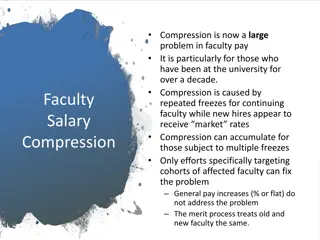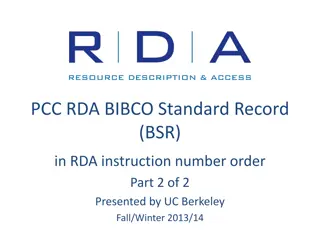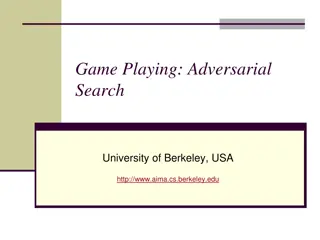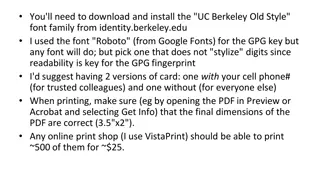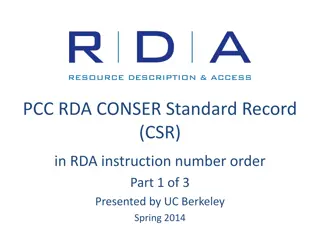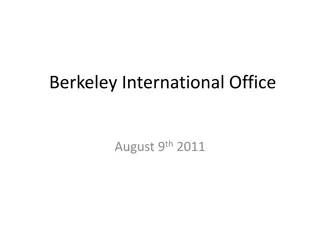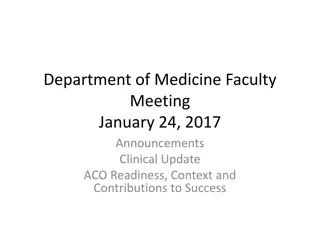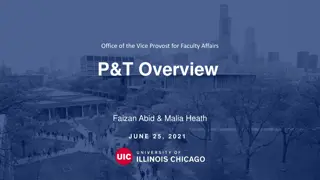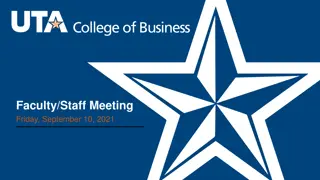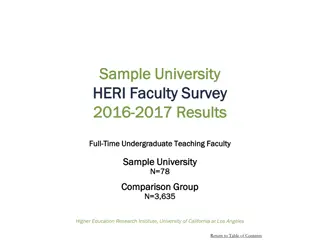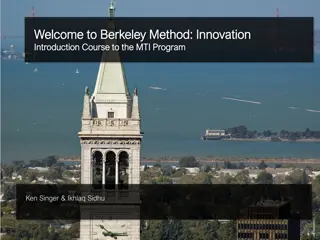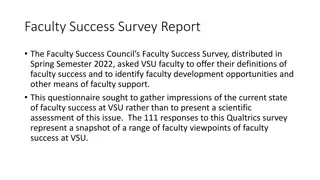Understanding Language Usage in Global Research Among Berkeley Faculty
This study explores the utilization of non-English sources in scholarly publications by faculty members at UC Berkeley, focusing on social science departments with international research interests. Through a mix of qualitative surveys and quantitative citation analysis, the research aims to identify the languages faculty use in their scholarship and their satisfaction with library support. The findings shed light on the diversity of language sources used and the implications for academic research in a global context.
Download Presentation

Please find below an Image/Link to download the presentation.
The content on the website is provided AS IS for your information and personal use only. It may not be sold, licensed, or shared on other websites without obtaining consent from the author. Download presentation by click this link. If you encounter any issues during the download, it is possible that the publisher has removed the file from their server.
E N D
Presentation Transcript
Collecting Globally, Connecting Locally: 21st Century Libraries Susan Edwards & Chan Li UC Berkeley Library ARL Assessment Conference, December 6, 2018 Houston, Texas
Context Students and faculty conducting global research need global sources, in languages other than English
But what do they need? Non-English sources are inherently low use in the U.S., simple usage metrics are inadequate. Citation analysis can show what shaped their scholarship.
Past Findings Citations from all dissertations at Berkeley, 2007-2015: 4% were non-English 25% of departments had significant use of non-English citations Of the 398 languages Berkeley has collected, 345 had no citations.
But what about faculty? Social Science departments at Berkeley with a strong international focus - Anthropology - History - Political Science - Sociology
Research Questions Which languages do they use for their scholarship? How do they feel about the Library s support?
Methods: 03 Qualitative: Understand faculty beliefs and perceptions (survey) Identify social science departments with significant global research interests . 02 01 Quantitative: Collect and analyze faculty behavior (citations)
Methods in detail CITATION ANALYSIS SURVEY Research question How much foreign language material do faculty cite in their research publications, and in what languages? What are the faculty s perceived use of foreign language material, and how satisfied are they with Berkeley library collections? Study population 107 faculty from Anthropology, History, Political Science and Sociology were identified as having global research interests. 105 faculty from Anthropology, History, Political Science and Sociology (one died, one left) Time period 2013-2017 The past five years Data collection method Cited reference analysis from Scopus, CVs, disciplinary databases, Google Scholar, etc Qualtrics survey Data analysis 58,480 references from 737 publications, each coded by language. Analyzed in Excel and Tableau. 52 responses, analyzed in Excel and Tableau. Free text comments were coded.
Citation Analysis : Findings 8 16% 65% 58% UCB publications are indexed in Scopus Cited references are books/book chapters Cited references are not in English Languages comprise 93% references 36% in History 9%-10% in Anthropology, Political Science and Sociology Similar findings between Scopus and non-Scopus data Annually collect 90+ languages 25 non-English languages are cited in total 57% of publications are articles Historically collected 398 languages
Citation Analysis: 25 Languages cited Top 8 languages = 93% of references Remaining 17 languages < 7% of references
Citation Analysis: Language variation among four departments
Survey Study: Findings 72% in History 24%-29% in Anthropology, Political Science and Sociology 50% Response rate 18% used ILL most of the time 16% acquired materials via international travel 16% purchased their own collections Relied heavily on UCB foreign language collections 63% 14% requested improvement to support teaching 6% requested improvement to support research Rated the access to foreign language materials satisfactory/great 80% Used over 20 times in the past five years Academic books and journals are the top used types Required heavy use of foreign language materials 84%
Why We Care (and why you should as well!) Non-English language material is crucial for scholarship in some disciplines. It also has a very high cost per use (6:1, not including cataloging). To meet all institutional research needs, collecting must be strategic. Qualitative and quantitative data can help us make informed decisions.
Next steps Structured interviews with faculty in History. Extend research to the Arts & Humanities disciplines. Analyze Interlibrary Loan data to understand UCB s role outside institution. Identify core languages by discipline, focus collecting in those areas/languages. Identify areas (Middle East, for ex.) where lack of online resources & indexing may account for low use. Establish trials of fulltext non-English databases to better support and assess research needs.
Other Team Members: Adam Clemons Celia Emmelhainz Natalia Estrada Liladhar Pendse Assistance From: Peter Basmarjian Jennifer Dorner Joshua Quan



